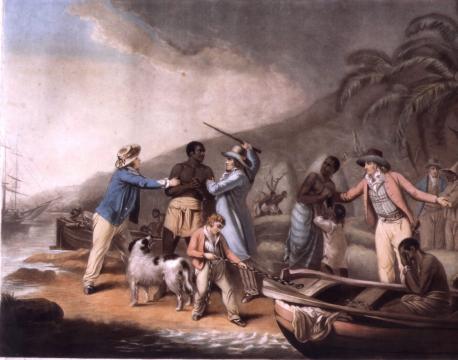You've heard of the Seven Wonders of the ancient world, but have you heard about the Seven Wonders of Scotland?
These come from the Gaelic tradition and were known as "seachd mìorbhuilean na h-Alba". (Seven Marvels of Scotland).

#OldWeirdScotland
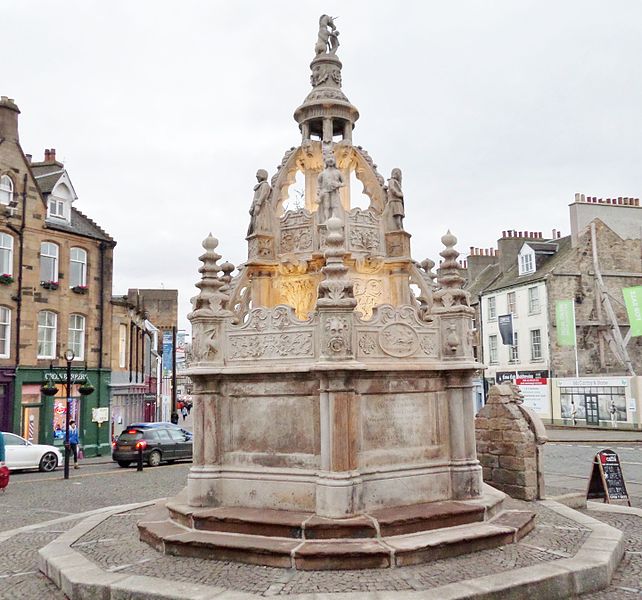
#OldWeirdScotland
youtube.com/watch?v=FBnjt3…
"General Wade's Bridge" at Aberfeldy was built in 1733 and at the time was the only way across the Tay. Really designed and built by William Adam, Wade had this inscribed (in Latin) on the bridge giving himself a good pat on the back.
#indignantTay
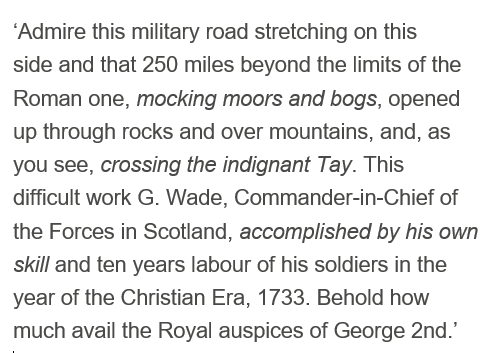
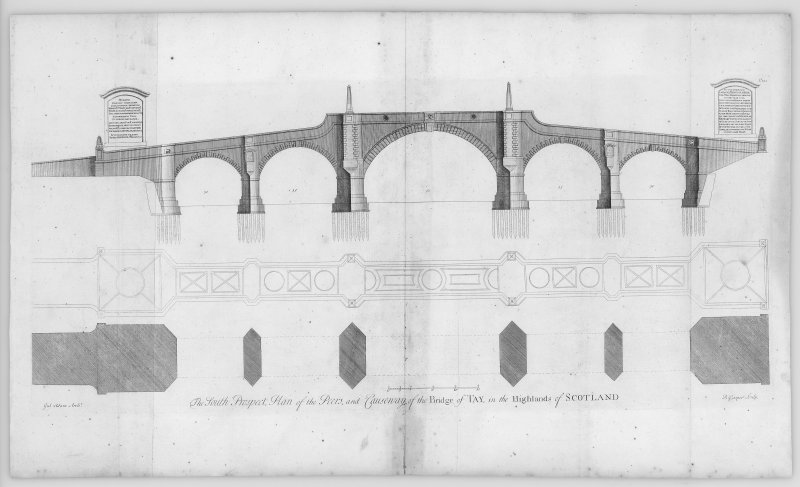
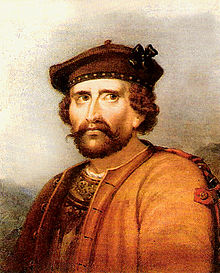
The "Gate" of Inveraray. I'm not sure specifically what in Inveraray this marvel is. Discussing it with @molach95, we thought maybe the town itself was a "gate" to the surrounding area because of the geography. I'll say more later on.
#OldWeirdScotland
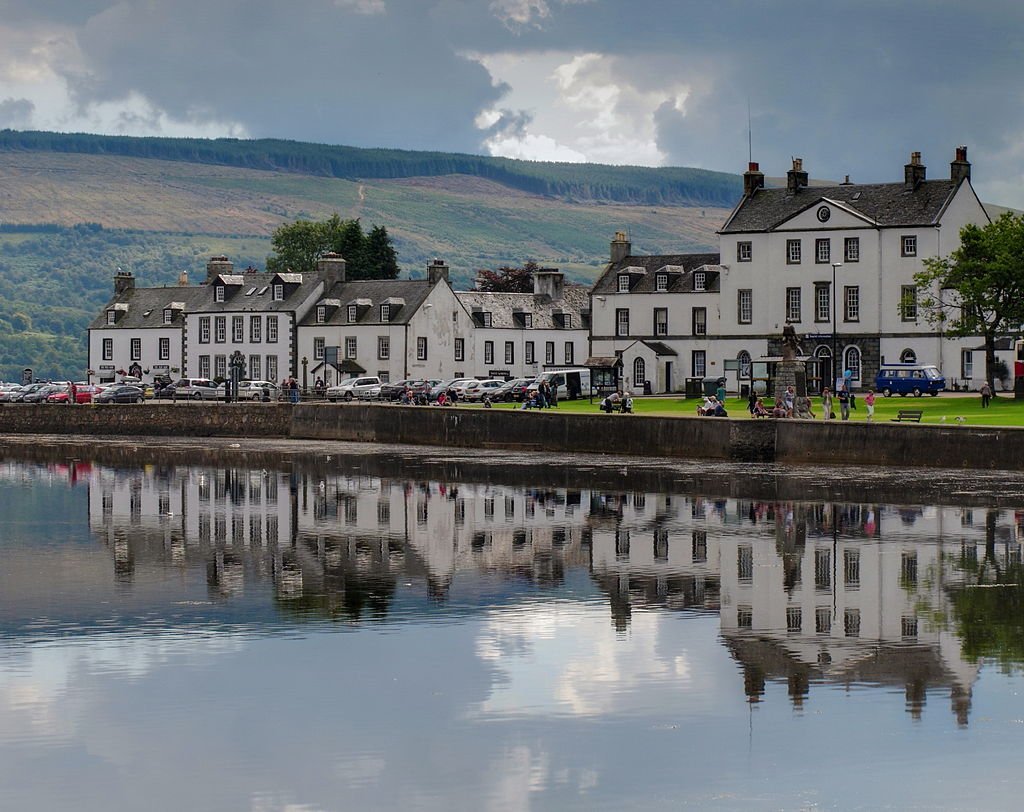
When the mìorbhuilean na h-Alba were collected by folklorists from Perthshire in late 19th/early 20th century, only six were known to the folk they interviewed. I haven't found the seventh. #OldWeirdScotland
The TL;DR version of the rest of the thread is "I don't know. If you do, let us know!", but allow me to speculate...
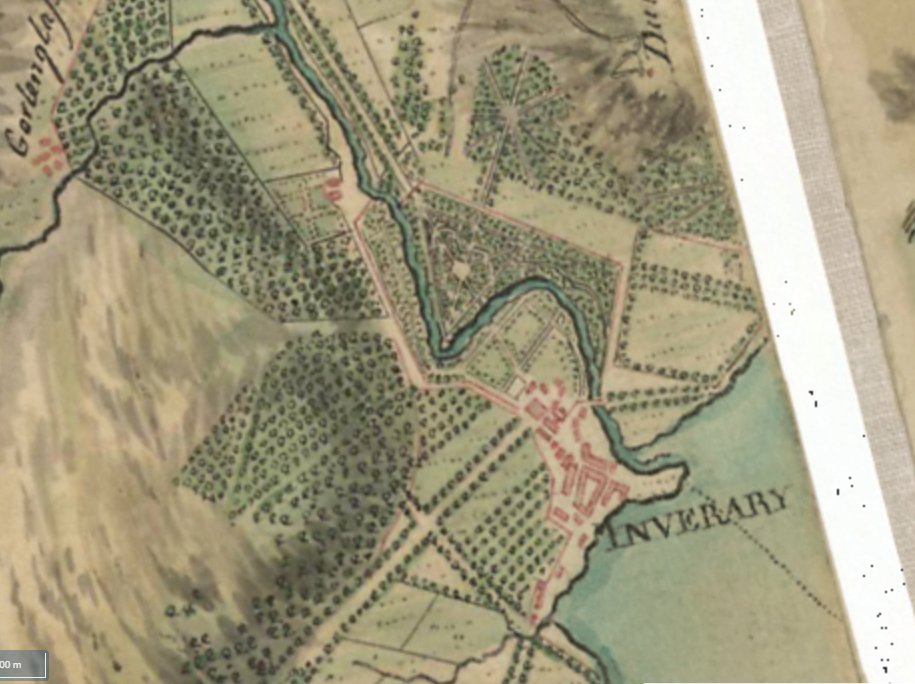
#OldWeirdScotland












